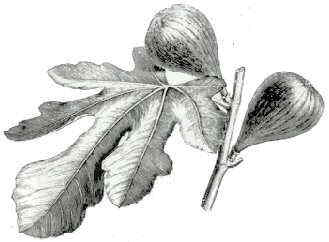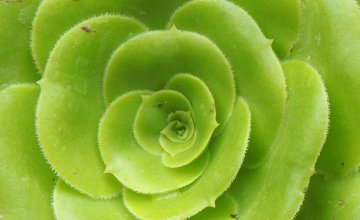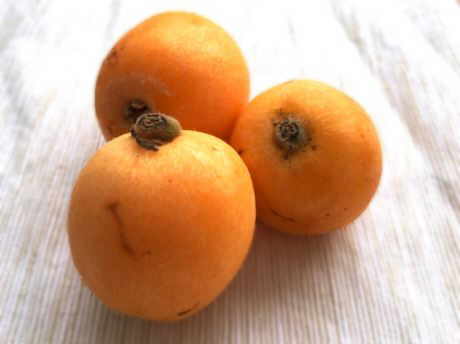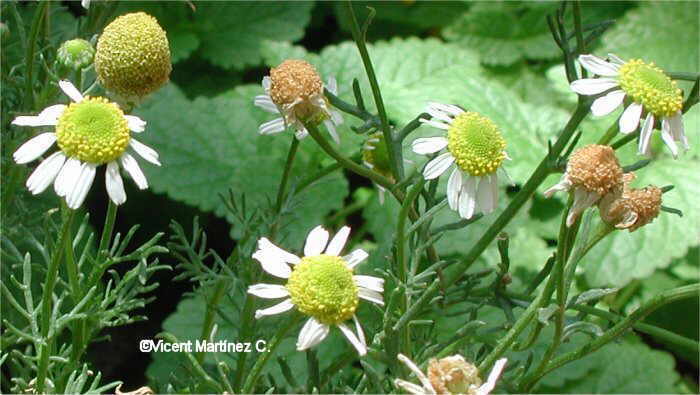Contents
Toxicity of fig tree (Ficus carica)
Toxicity of Ficus carica

Toxicity of fig tree is medium. Contact with its latex has an irritable action on the skin by the action of fucomarines.
Also, it can produce photo-sensibility, in the way of blisters.
Are figs toxic?
Mature fig fruits are not poisonous. On the contrary, they are very healthy and nutritive fruits.
However, eating unripen fruits must been avoided, since they can be toxic for the digestive tract and can produce wounds in the hands.
Symptoms of poisoning with fig tree
- Externally, by the presence of blisters, darker spots on the skin, itching, etc.
- Internally, by some digestive disorders, such as stomach irritation, diarrhea, vomiting… etc.
![]() More information about fig tree and figs.
More information about fig tree and figs.
This article was endorsed by Vicente Martínez Centelles - Founder of the web and director. Teacher of natural sciences, expert in plants, natural remedies and botanical photography.








